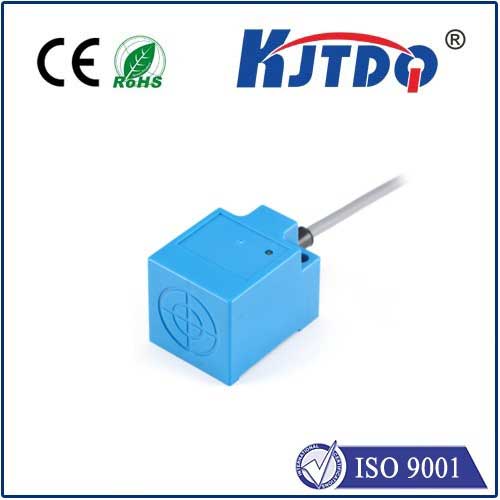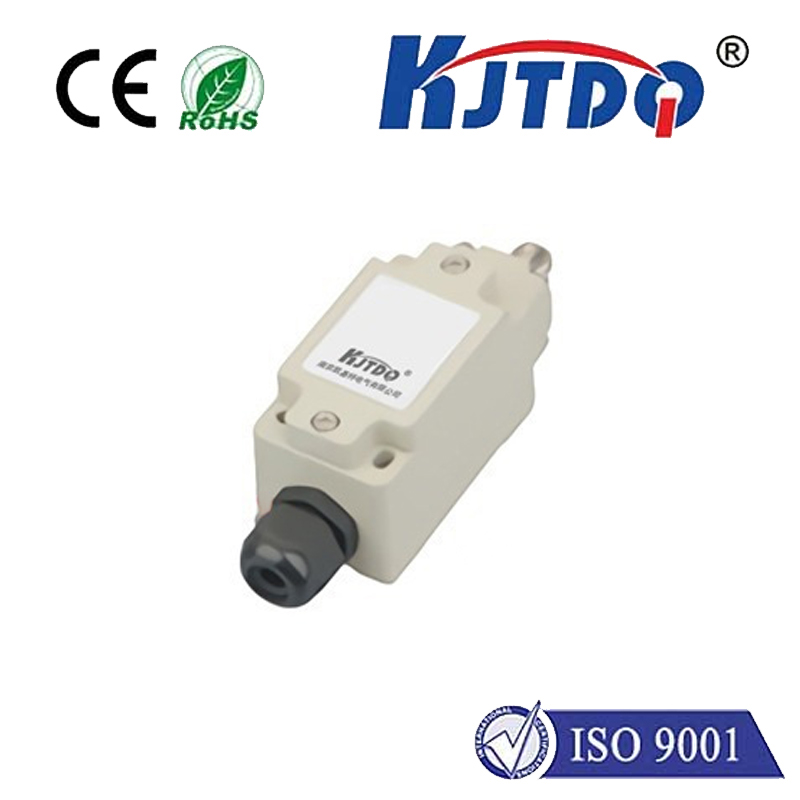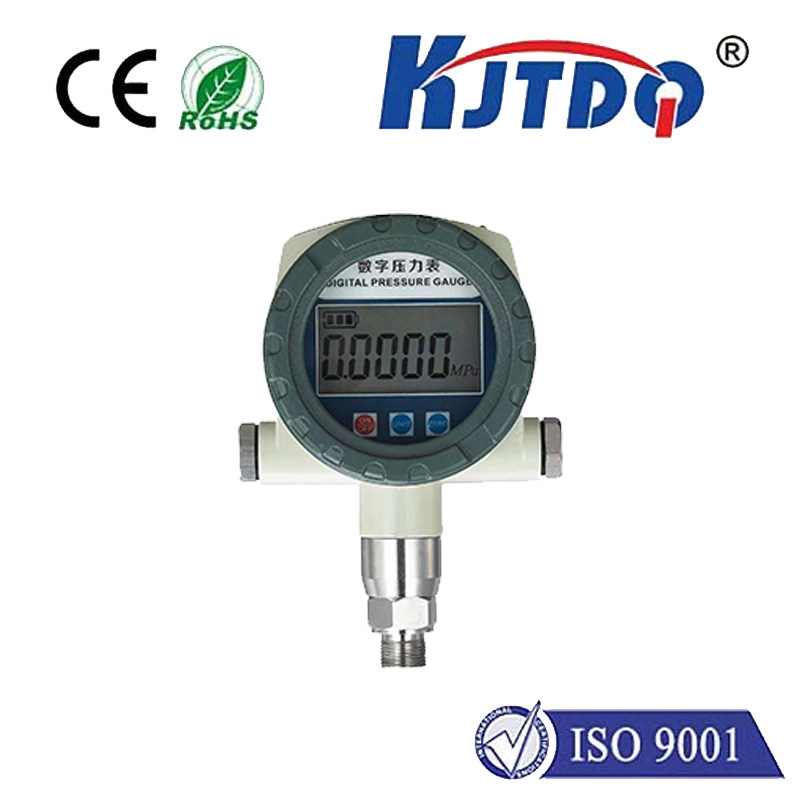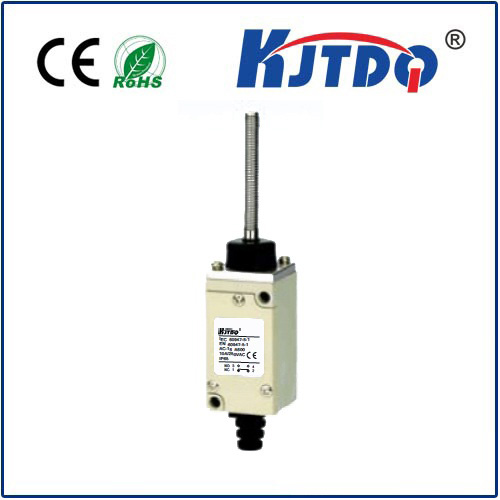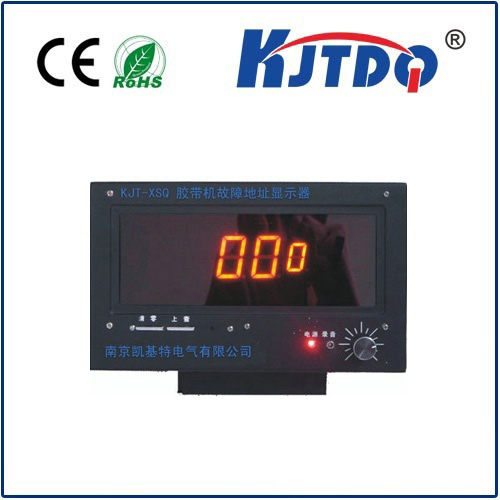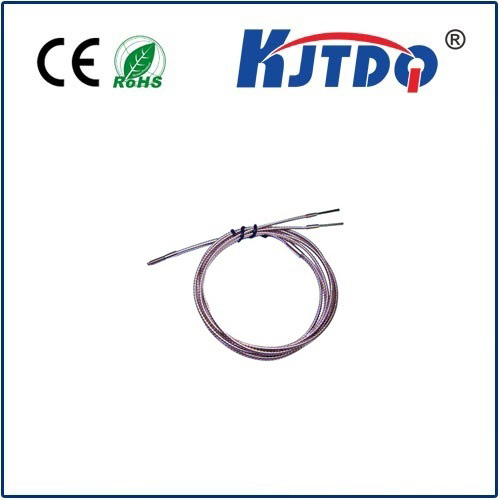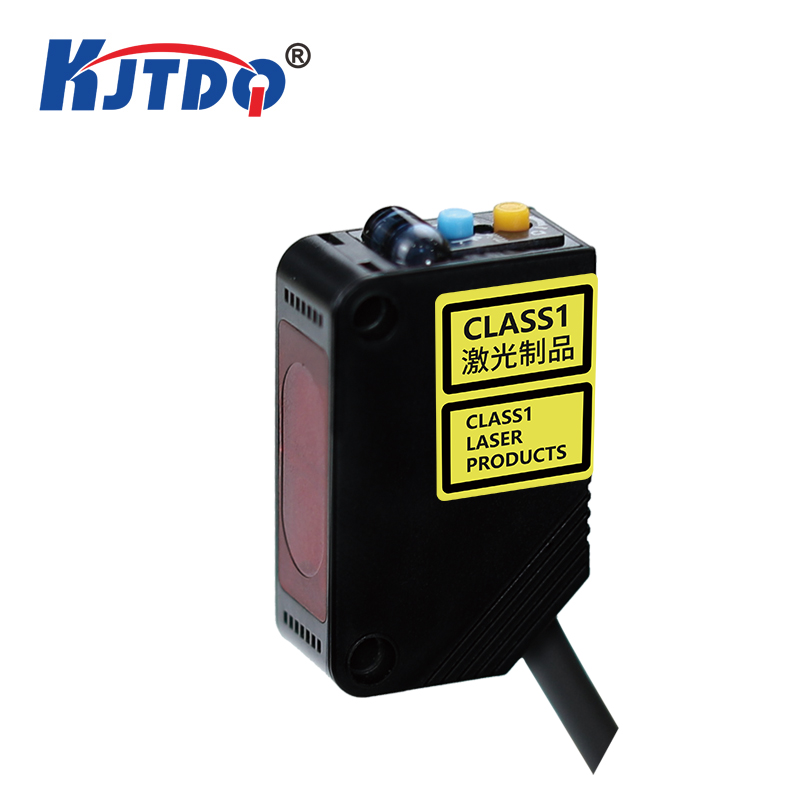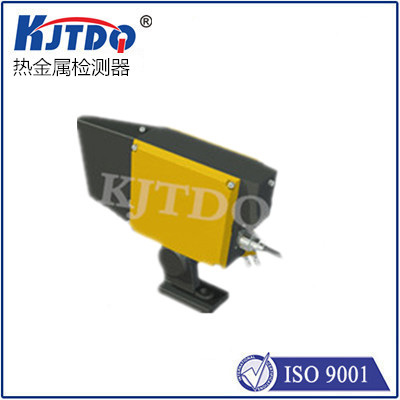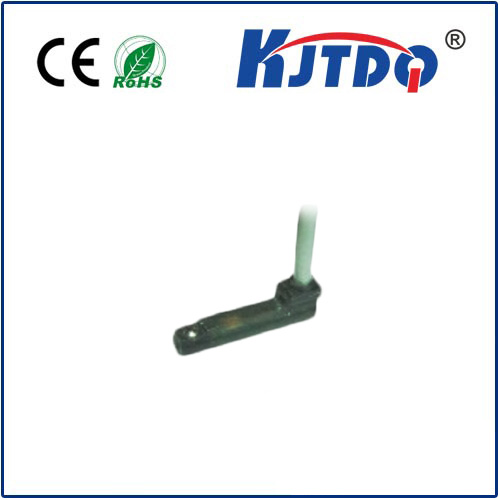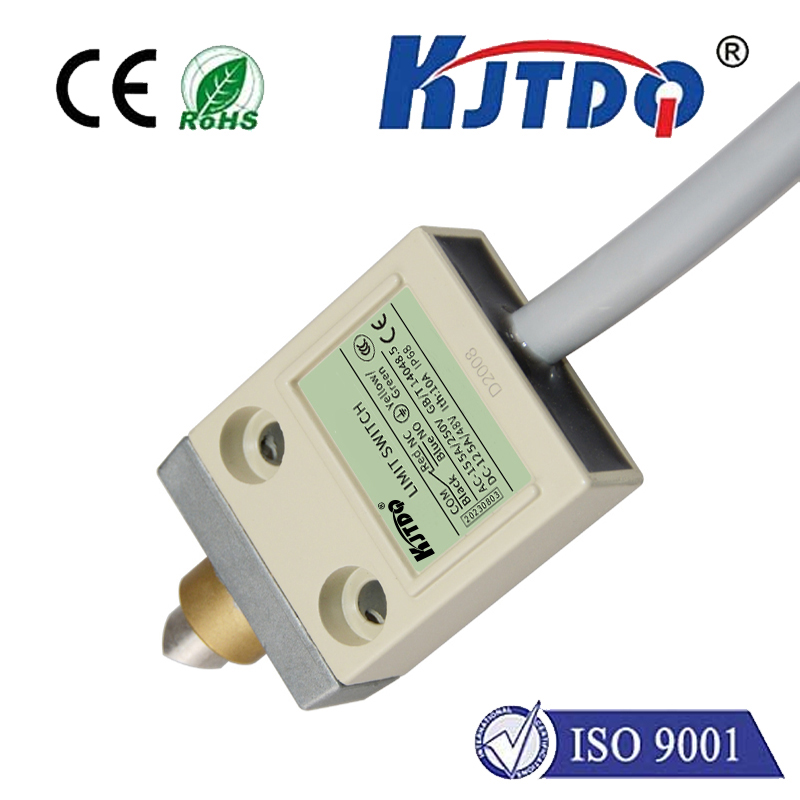

check

check

check

check

check

check

check

check

check

check
Title: APL Limit Switch: Revolutionizing Automation and Safety in Industrial Applications
1. Introduction to APL Limit Switch
APL (Automatic Power Loss) Limit Switch is a revolutionary component that plays a critical role in ensuring safety and optimizing performance in industrial automation systems. This article explores the basics of APL limit switches, their functionality, and how they differ from traditional limit switches.
2. The Working Principle of APL Limit Switches
The working principle of APL limit switches is based on the detection of mechanical or electrical contact between two moving parts, typically a slider and a reset button. When the switch is triggered, either by the movement of the slider or the activation of the reset button, it sends a signal indicating an event has occurred.
3. Features and Benefits of APL Limit Switches
APL limit switches offer several unique features and benefits compared to traditional limit switches. Some of these include:
- High reliability and durability due to their robust construction and advanced materials used.
- Versatile applications across various industries, including manufacturing, mining, and oil and gas.
- Improved safety features such as automatic power loss protection, which helps prevent accidents caused by power failures.
- Advanced monitoring and control capabilities through integrated sensors and software tools.
4. Types of APL Limit Switches
There are several types of APL limit switches available on the market, each with its own set of features and applications. Some of the most common types include:
- Mechanical limit switches: These rely on the mechanical contact between the slider and reset button for detection. They are relatively inexpensive but may not be suitable for applications requiring high levels of accuracy or reliability.
- Electromechanical limit switches: These combine elements of both mechanical and electronic components to improve performance and reliability. They are commonly used in industrial automation systems where precise detection is required.
- Electronic limit switches: These use advanced electronics to detect motion and send signals quickly and accurately. They offer greater flexibility and can be customized to fit specific application requirements.
5. Application Examples of APL Limit Switches
APL limit switches are widely used in various industrial applications, including:
- Conveyor systems: To monitor the position and speed of conveyor belts and ensure proper operation.
- Packaging machines: To detect when products have been correctly loaded or unloaded from the machine.
- Mining equipment: To protect against power outages and maintain safe operating conditions during drilling operations.
- Wind turbines: To monitor the position and rotation of blades for optimal performance and safety.
Conclusion: APL Limit Switches are an essential component for ensuring safety and optimizing performance in industrial automation systems. Their unique features and benefits make them a popular choice among industry professionals worldwide. As technology continues to advance, we can expect APL limit switches to play an increasingly important role in shaping the future of industrial automation.
